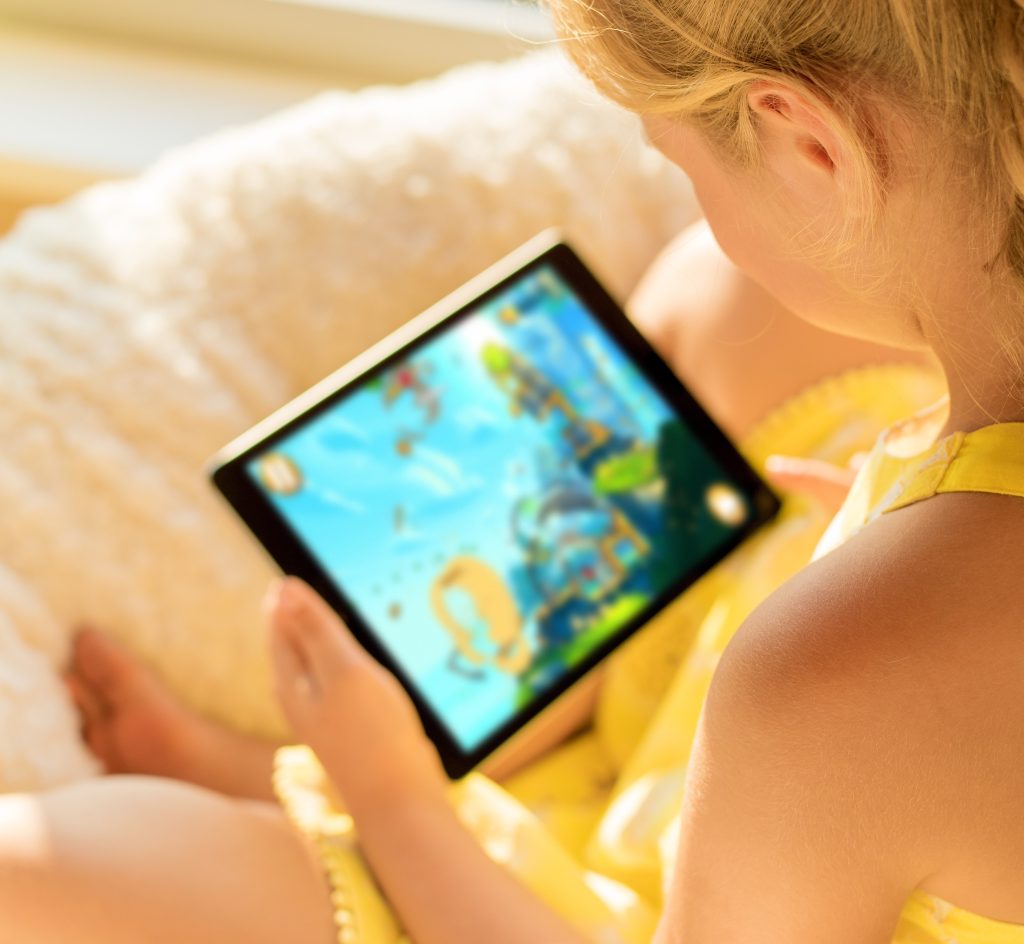As the omicron variant continues to surge, people are spending a lot of time on digital screens for remote work or entertainment. Eye health experts warn overexposure to blue light from screens can take a toll on vision, in both children and adults.
According to one study, screen time among U.S. children has doubled during the pandemic to almost eight hours per day. Dr. Christina Master, co-chair of the School Health Committee at the Pennsylvania chapter of the American Academy of Pediatrics, said her organization has guidelines for parents on managing children’s screen time.
“We’ll talk a lot in the pediatrician’s office about how we don’t want to have screens in the kids’ bedrooms,” she said. “Bedrooms should be for sleeping, and having screens there can be really tough. We do want to have some screen-free times – like meals; family meals together should be screen-free.”
Researchers still are studying the health implications of excessive blue-light exposure, including potential damage to retina cells in the eyes of kids and teens. Optometrists also have said it’s important for kids to get comprehensive eye exams, and not solely rely on routine vision checks done at school.
Optometrist Scott Edmonds, chief eye-care officer for United Healthcare Vision, said blue light also can lead to digital eye strain, which contributes to dry eyes, headaches and neck pain. Edmonds recommended following the “20-20-20” rule: After 20 minutes of work, people take 20 seconds to look at something 20 feet away.
“So, that break takes you away from the blue light, lets your pupil go to its normal size, lets your muscles in your eye relax, lets your focusing muscle relax,” he said. “All that, every 20 minutes, will really help you be more comfortable with screen time.”
Other recommendations include keeping screens at least 30 inches from eyes when possible, and using blue-light-blocking technology. Some phones may already have a “night mode” that uses this, or people can purchase specialized screen protectors that block blue light at the source.





